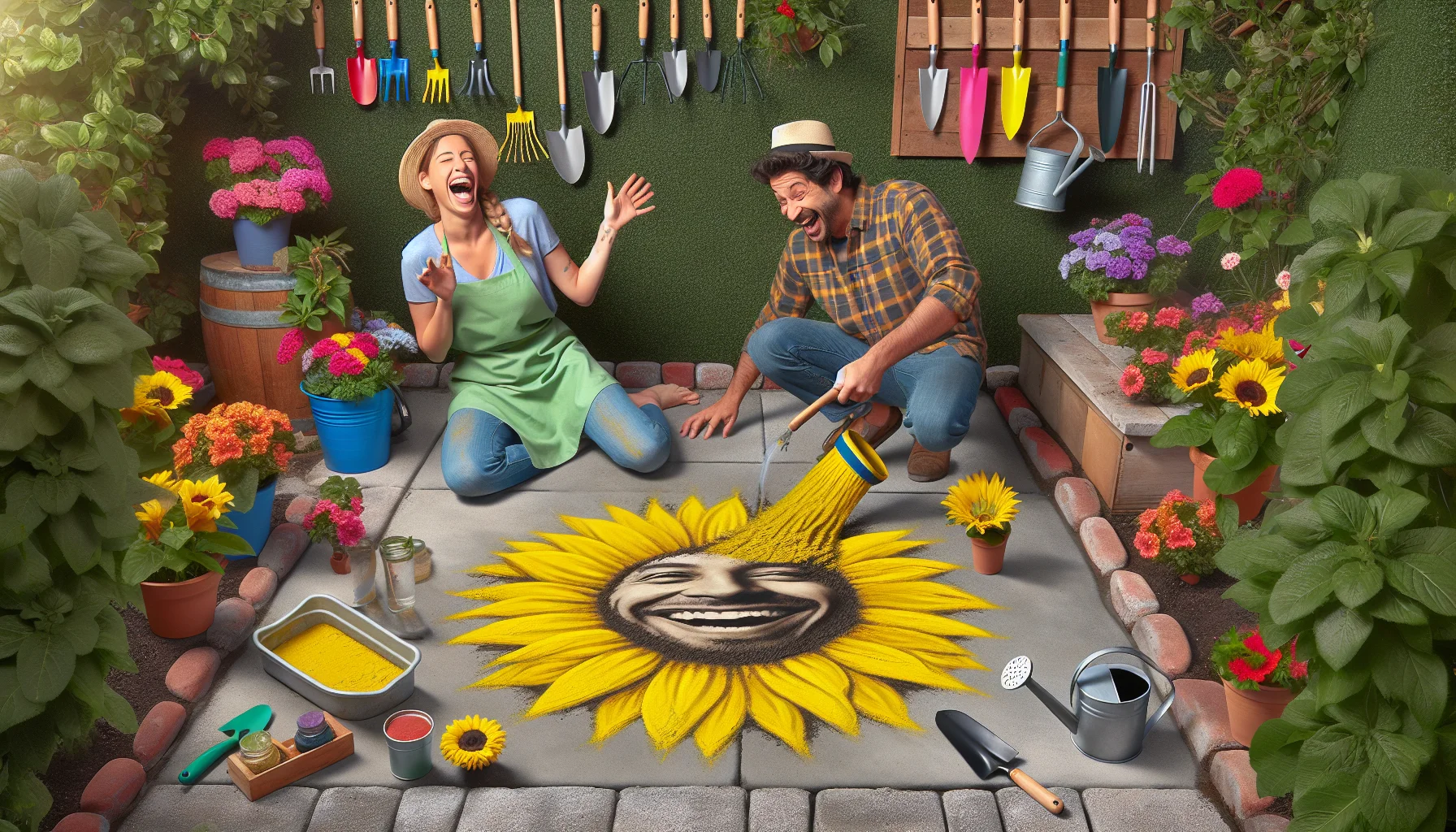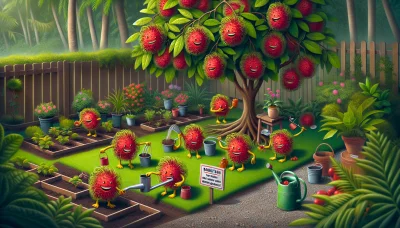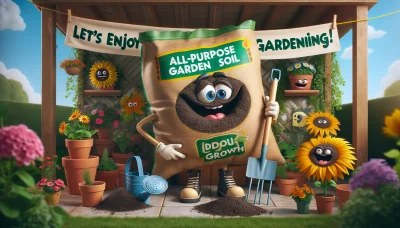Using Concrete Stains Quiz
Test Your Knowledge
Question of
Introduction to Using Concrete Stains in Gardening
Concrete stains are an innovative and versatile solution for enhancing the beauty of outdoor spaces in gardening. This technique involves applying color to concrete surfaces, such as garden paths, patios, and even walls, to create a more appealing and vibrant outdoor area. Unlike paint, concrete stains penetrate the surface, providing a rich, durable color that can mimic natural stone, brick, or even wood. This method not only elevates the aesthetic appeal of garden concrete surfaces but also offers a durable, low-maintenance finish that can withstand the elements. By using concrete stains, gardeners and homeowners can transform their outdoor spaces into colorful, stylish, and cohesive landscapes that complement the natural beauty of their plants and garden features.
Types of Concrete Stains
- Acid-Based Stains: These stains react chemically with the concrete, creating a unique, mottled color effect that is permanent and will not fade over time. They are ideal for achieving earthy tones and complex, translucent hues.
- Water-Based Stains: Offering a wider range of colors than acid-based stains, water-based stains penetrate the concrete surface to provide a durable, long-lasting color. They're easier to apply and safer to handle, making them a popular choice for both indoor and outdoor projects.
Step-by-Step Guide to Applying Concrete Stains
Applying concrete stain to your garden concrete surfaces can transform the look of your outdoor space, adding color and vibrancy. Whether you're aiming for a subtle, natural tone or a bold, dramatic effect, the process is straightforward. Follow this guide to ensure you achieve the best results.
- Clean the Concrete Surface: Remove any dirt, debris, and stains. Use a power washer for the best results.
- Repair Cracks and Holes: Fill any imperfections with concrete filler and let it dry completely.
- Prepare the Area: Tape off any areas you do not want to stain to protect them from accidental splashes.
- Apply a Concrete Stain: Using a sprayer, roller, or brush, apply the stain evenly across the surface. Work in small sections to maintain control over the application.
- Let the Stain Dry: Wait for the first coat to dry. Refer to the manufacturer’s instructions for drying times.
- Apply a Second Coat (Optional): For a deeper color, apply a second coat of stain once the first one is dry.
- Seal the Concrete: After the final coat of stain has dried, apply a concrete sealer to protect your work and enhance the color.
Design Ideas for Stained Concrete in Gardens
Stained concrete offers a versatile and durable solution for enhancing garden landscapes. With a wide array of colors and application techniques, it can mimic natural stone, brick, or even polished marble, bringing a unique aesthetic to garden paths, patios, and seating areas. Creative uses include integrating stained concrete with existing garden elements to create cohesive and visually appealing outdoor spaces. For instance, earth-toned stains can complement the natural greenery, while vibrant blues or reds can add a pop of color, drawing the eye and adding interest. Additionally, patterns such as leaves, geometric shapes, or even custom designs can be etched into the concrete before staining, providing a personalized touch that reflects the garden's theme or the homeowner's style. Stained concrete is not only about adding color; it's about unlocking a garden's potential through durable, low-maintenance, and beautifully designed surfaces that withstand the test of time.
Maintenance Tips for Stained Concrete
- Regularly sweep or blow away dirt and debris to prevent scratches and accumulation of grime.
- Wash the surface periodically with a mild detergent and water to remove any stains or spills.
- Avoid using harsh chemical cleaners that can damage the sealer and the stain on the concrete.
- Reapply sealer as recommended, usually every 2 to 3 years, to protect the stained surface from wear and tear.
- Fix cracks or chips in the concrete promptly to prevent water infiltration and further damage.
- Place protective pads under outdoor furniture and plant pots to prevent scratches and stains on the concrete.
- During winter, use sand instead of chemical deicers to prevent surface damage from freezing and thawing cycles.
Pros and Cons of Using Concrete Stains in Gardens
| Advantages | Disadvantages |
|---|---|
| Enhances aesthetic appeal | Application process can be complex |
| Durable and long-lasting | Difficult to change once applied |
| Wide variety of colors and effects | Can be slippery when wet if not properly finished |
| Low maintenance | Initial cost can be high |
| Eco-friendly options available | Requires professional installation for best results |












